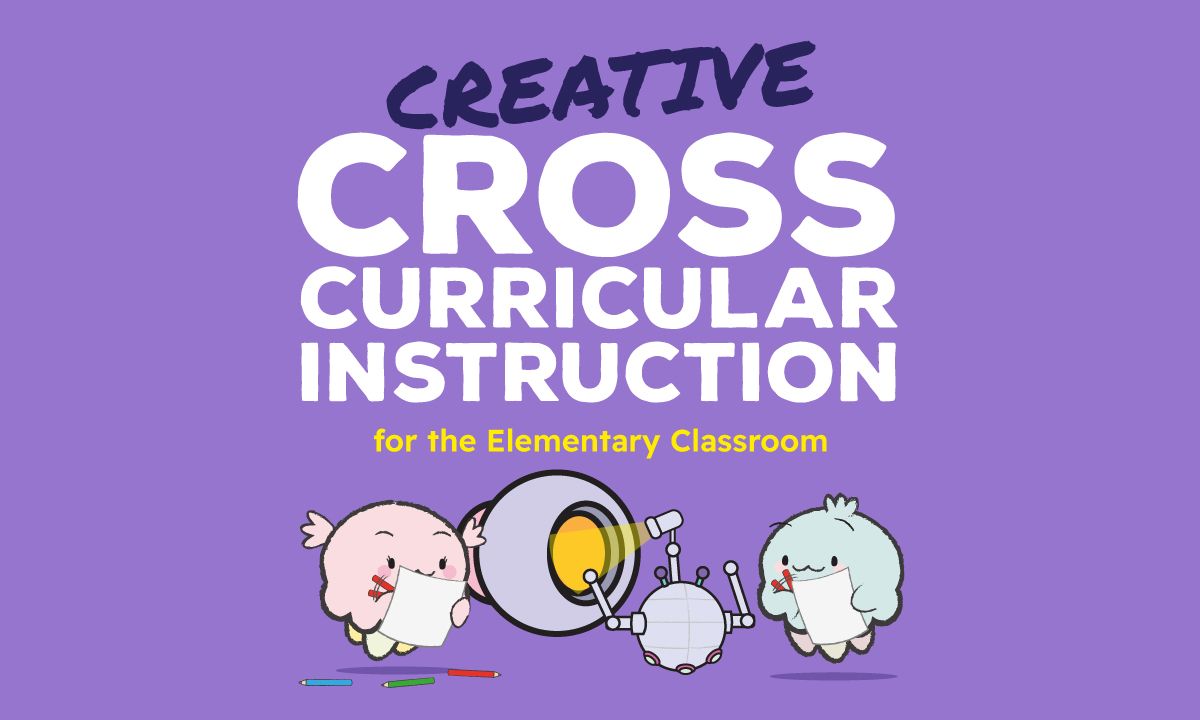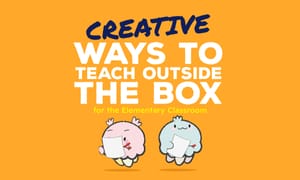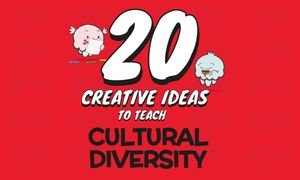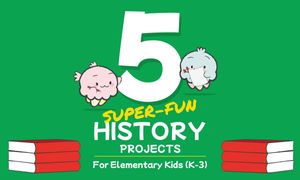
Cross-curricular instruction is a valuable teaching approach that helps students understand, much like the real world, how different subjects and skills are connected. By integrating multiple subjects, topics, concepts and skills into a single lesson or unit, students can see the relevance and connections of their learning.
However, implementing cross-curricular instruction can be challenging, especially in the elementary classroom. This article will discuss some creative strategies that can help elementary teachers connect the dots and effectively implement cross-curricular instruction.
Theme Weeks
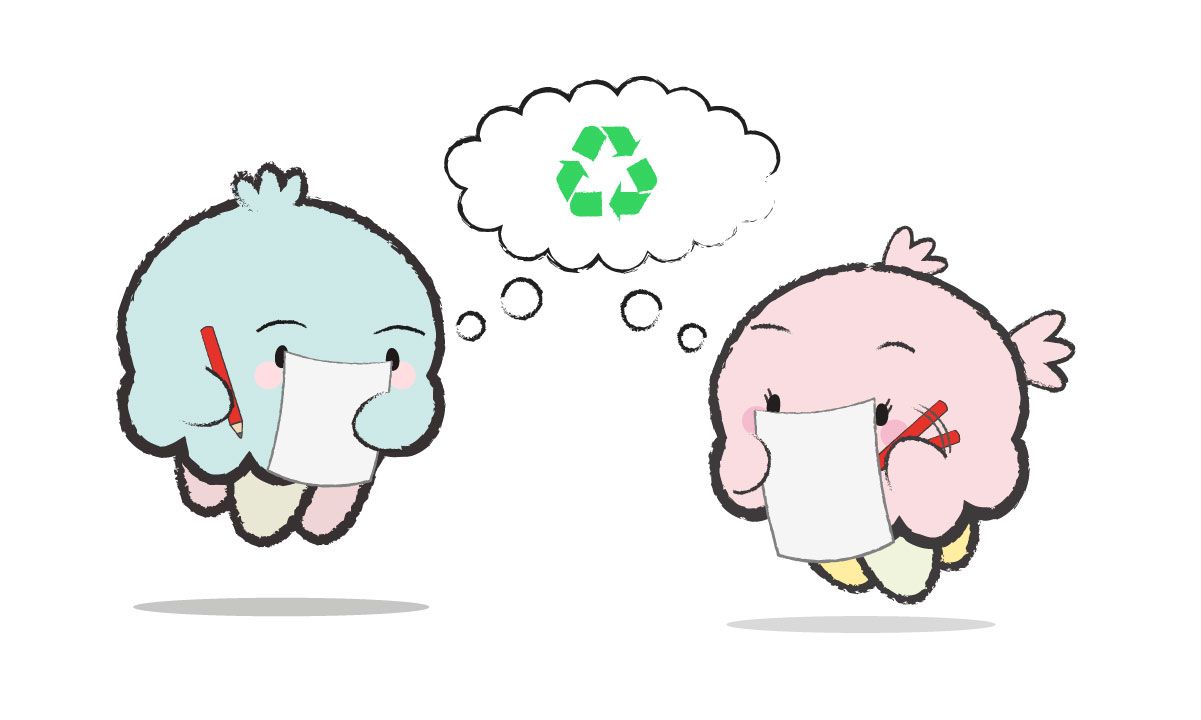
During "theme weeks," a specific theme or concept is chosen and integrated across all subjects. Themes are should generally be broad enough to ensure that instruction of multiple subjects is aligned with curriculum standards but also provide sufficient flexibility to allow students to dive into areas which are relevant and meaningful to them.
Here are a few theme ideas to get you started:
- Sustainability: This theme can connect science, social studies, and math subjects. Students can learn about environmental issues such as pollution, conservation, and renewable energy. They can also learn about the economic and social impacts of environmental issues, use math skills to analyze energy consumption data and rising sea levels over time, and create charts and graphs to represent the data.
- Diversity: This theme can connect subjects such as social studies, history, geography, language arts, and art. Students can learn about different cultures, learn about the historical contributions of different communities to society, use writing skills to create a story or article from a different cultural perspective, and use art skills to create a mural or a collage representing different cultures.
- Exploration: This theme can connect subjects such as social studies, language arts, and science. Students can learn about historical explorers and the different cultures, geographies, and discoveries they encountered. They can use writing skills to create a diary entry from the historical perspective of an explorer and use math skills to calculate distances and create maps.
- Innovation: This theme can connect science, math, and social studies subjects. Students can learn about the history of technology and its impact on society, use math skills to analyze data on technology trends (like smartphone adoption, etc.), create charts and graphs, and write a persuasive article about a technology-related social issue (like cyberbullying, etc.).
- Health and Wellness: This theme can connect subjects such as science, physical education and math. Students can learn about the different body systems, the importance of physical activity and nutrition. They can use math skills to calculate and compare other health measurements (BMI, resting heart rate etc). Finally, they can use writing skills to create a persuasive letter about the importance of a healthy lifestyle.
Real-world Connections
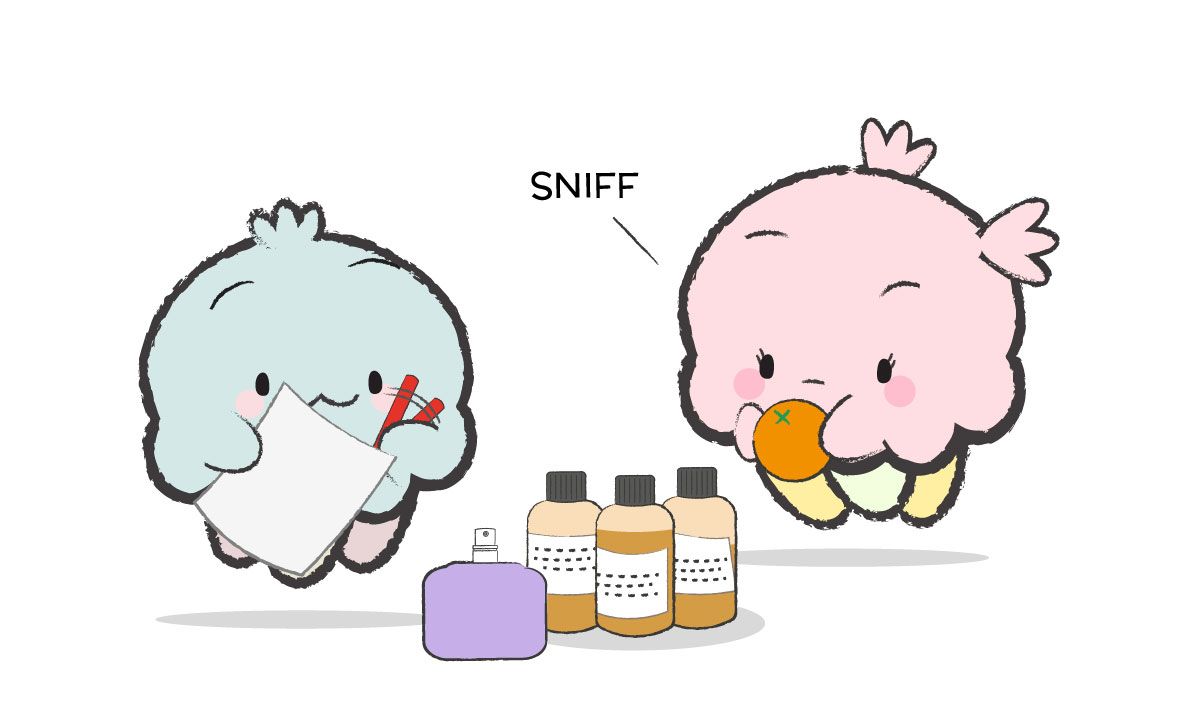
Provide students with opportunities to explore real-world connections and apply what they have learned to real-world situations. This can help make learning multiple subjects more relevant and engaging for students.
A practical and accessible place to explore real-world connections for cross-curricular instruction is a local organisation or business which provides a relatable service to elementary students. Here's a plan to roll out the learning project:
- Identify a local service that aligns with the curriculum and the students' interests. It could be a community organization, a local business, or a government agency.
- Research the local service and the people who work there. This will give students some background knowledge of the services provided by the organization and the roles and responsibilities of the people working there.
- Plan the visit. Identify the objectives of the visit, the questions that students will ask and the activities during the visit. Coordinate with the local service to schedule a date and time suitable for both parties.
- During the visit, students can engage in different activities such as interviews, observations, photo documentation and hands-on activities.
- After the visit, students can use their gathered information to connect different subjects and skills. For example, in math class, students can use the data they collect to create charts and graphs. In language arts class, students can write a persuasive letter to a local government official or community leader about the importance of the service provided by the organization.
- Reflect on the visit. Students can write a reflection on their experience and what they have learned and share their findings with the class.
- Follow up with the local service. Students can send a thank you note or a report to the local service and share their findings with the community.
Escape Room Challenges
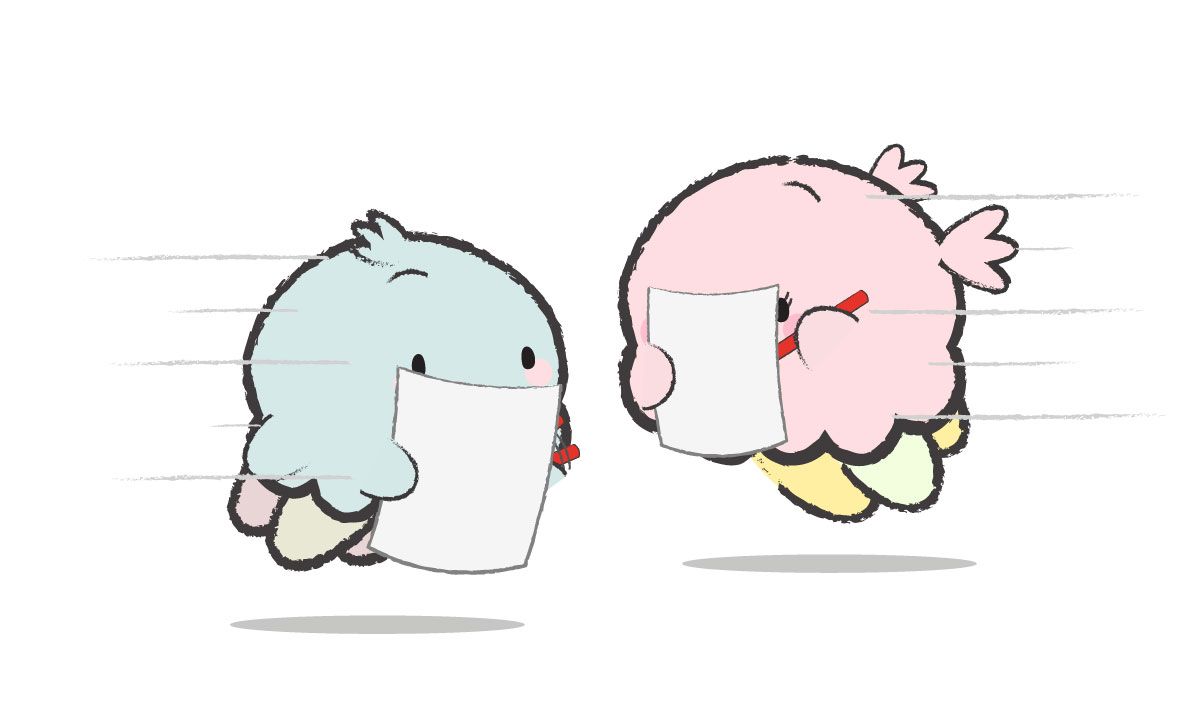
Escape room challenges are a fun and engaging way to teach cross-curricular instruction in an elementary classroom. These challenges involve creating a fictional scenario where students must work together to solve puzzles and complete tasks to "escape".
Students can apply their knowledge and skills in a meaningful and interactive way by incorporating different subjects and skills into the escape room challenges, such as math, science, language arts, and social studies. This instruction makes learning more enjoyable for students, helps them better retain information, and develops their problem-solving and critical thinking abilities.
Here are a basic "cross-curricular" escape room idea to get you started:
- Game Name: "Escape the Space Station"
- Subjects: Math, Science, Language Arts, Social Studies, and Critical Thinking
Instructions:
- Create a fictional space station that has malfunctioned and is in danger of crashing to Earth.
- Assign different math, science, language arts, and social studies concepts or skills to different puzzles and challenges in the escape room.
- Divide the class into small groups and provide each group with a set of clues and puzzles.
- Tell the students that they are trapped in the space station and must complete various puzzles and challenges in order to fix the malfunction and escape before the space station crashes to Earth.
Puzzle and Challenge Examples:
- Math Challenge: In order to repair the malfunctioning system, students must use basic addition, subtraction, multiplication and division to solve a series of math problems related to numbers and operations.
- Science Challenge: In the second room, students must use observation and classification skills to sort and identify different planets to guess which planet in the solar system they are trapped in.
- Language Arts Challenge: In the third room, students must use their language arts skills to match space-related words with their corresponding pictures.
- Social Studies Challenge: In the fourth room, students must use their social studies skills to match famous space explorers with their respective spacecrafts or achievements.
The key is to make the concepts or skills accessible to the students' level of understanding and to make the game interactive, fun and challenging for them.
Conclusion
In conclusion, connecting the dots through cross-curricular learning can be a fun and engaging way for elementary students to learn and retain different subject knowledge.
By breaking down the traditional silos of subjects and allowing students to see their connections, we can help students develop critical thinking skills, problem-solving abilities, and a deeper understanding of the world around them.
Share this Teaching Resource
Our K-3 Creative Activity Printable Bundle
Boost your lesson plans with our innovative collection of printable activities for the year. "Over 100 projects with more than 400 printable sheets" to spark imagination and foster creativity in your classroom for the whole year.

PBL and Genius Hour Supplement Printable Bundle (K-3) - 2023 Edition
This creative activity bundle is jam-packed with over 100 projects with more than 400 printable activity sheets for 6-9 year olds. With a focus on creativity and hands-on learning, this bundle is perfect for keeping little learners engaged, designing and creating for an entire year.
An excellent resource for teachers, subs, parents and caregivers looking for fun and creative activities to keep kids busy and learning. It's perfect for use in the classroom, at home or on the go. With so many activities to choose from, kids will never be bored!
- DIGITAL ONLY PRODUCT i.e. PDF format.
- Over 100 projects with more than 400 printable sheets.
- Printable sheets mainly black & white.
- Includes links to supporting online resources.
- File size: 166.5 MB / 518 pages.
Or join our Premium Subscription to access all the printable worksheets in the bundle and more for only $3/month.

